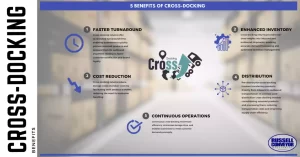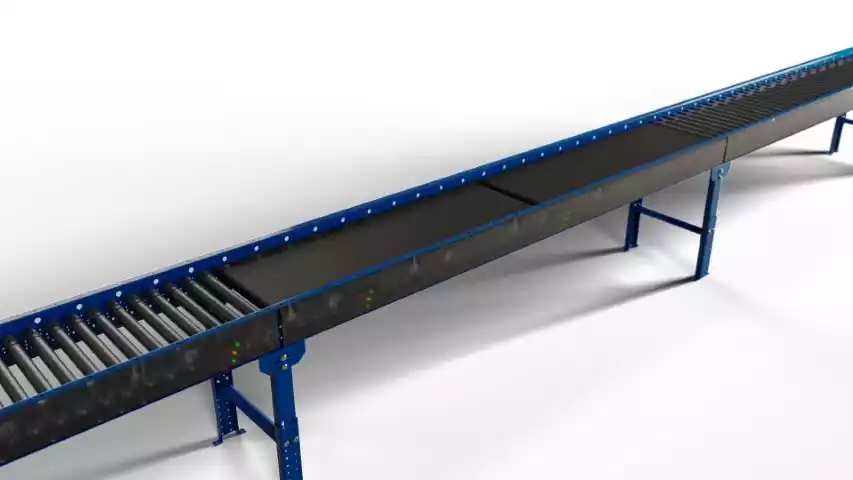Implementing Cross-Docking Returns: Unlocking Efficiency and Customer Satisfaction
We understand the pivotal role that cross-docking returns play in optimizing supply chain operations. As a leading provider of innovative logistics solutions, we specialize in changing how businesses manage their returns processes. We’ll learn about its advantages, how it is best implemented, and how it affects customer satisfaction, storage costs, and labor costs.
The “cross-docking meaning” refers to the logistics strategy of directly transferring products from inbound to outbound transportation without long-term storage.
It is a logistics strategy that directly transfers products from inbound to outbound transportation without the need for long-term storage. The goal is to reduce the amount of time products are stored in warehouses or distribution centers. This will improve the efficiency of the supply chain.
Cross-docking is a process where products are received and sorted. They are then quickly sent to the correct outbound transport, such as trucks or trailers. This ensures immediate delivery to the final destination.
This approach eliminates the need for extensive storage. It also reduces handling costs and enables businesses to fulfill orders faster. This, in turn, leads to improved operational efficiency. By optimizing the movement of goods, cross-docking enhances supply chain agility, reduces inventory holding costs, and improves overall customer satisfaction.
Cross-docking returns is a logistics strategy that eliminates long-term storage by swiftly transferring returned products from customers to outbound transportation, resulting in faster turnaround time, reduced storage and labor costs, enhanced supply chain efficiency, and improved customer satisfaction.
Frequently asked questions
Got questions? Check out our frequently asked questions for answers!







0 Comments